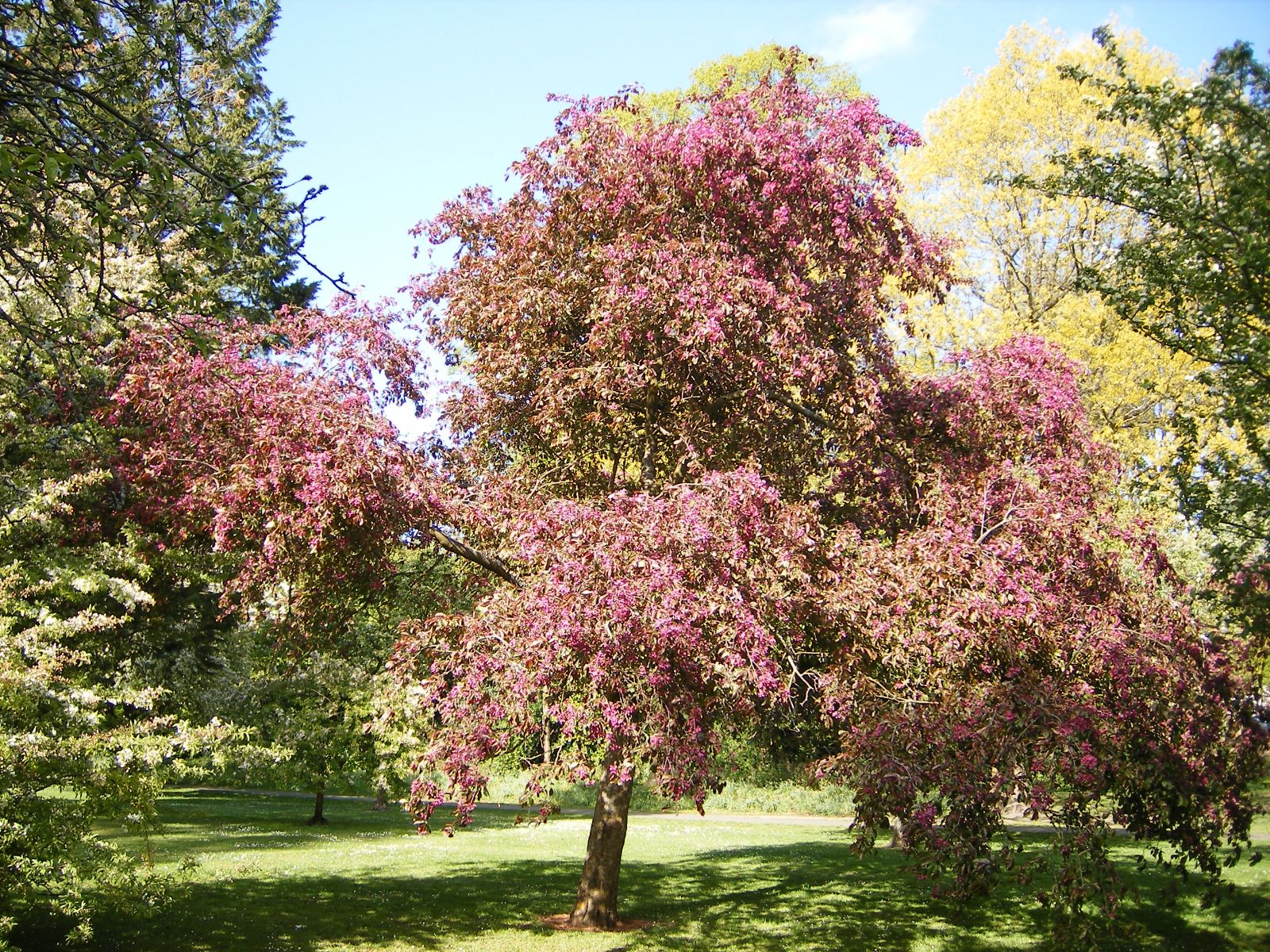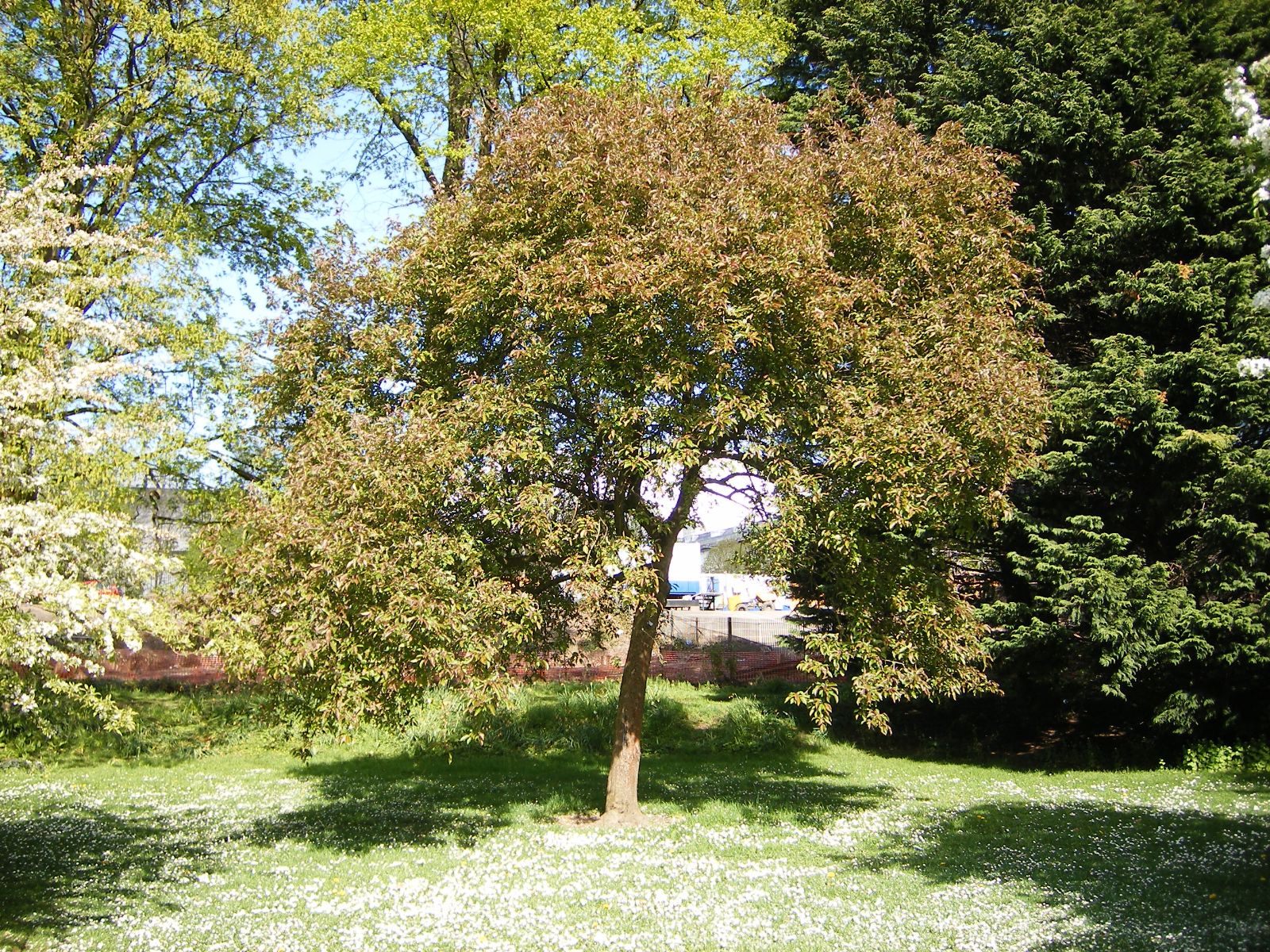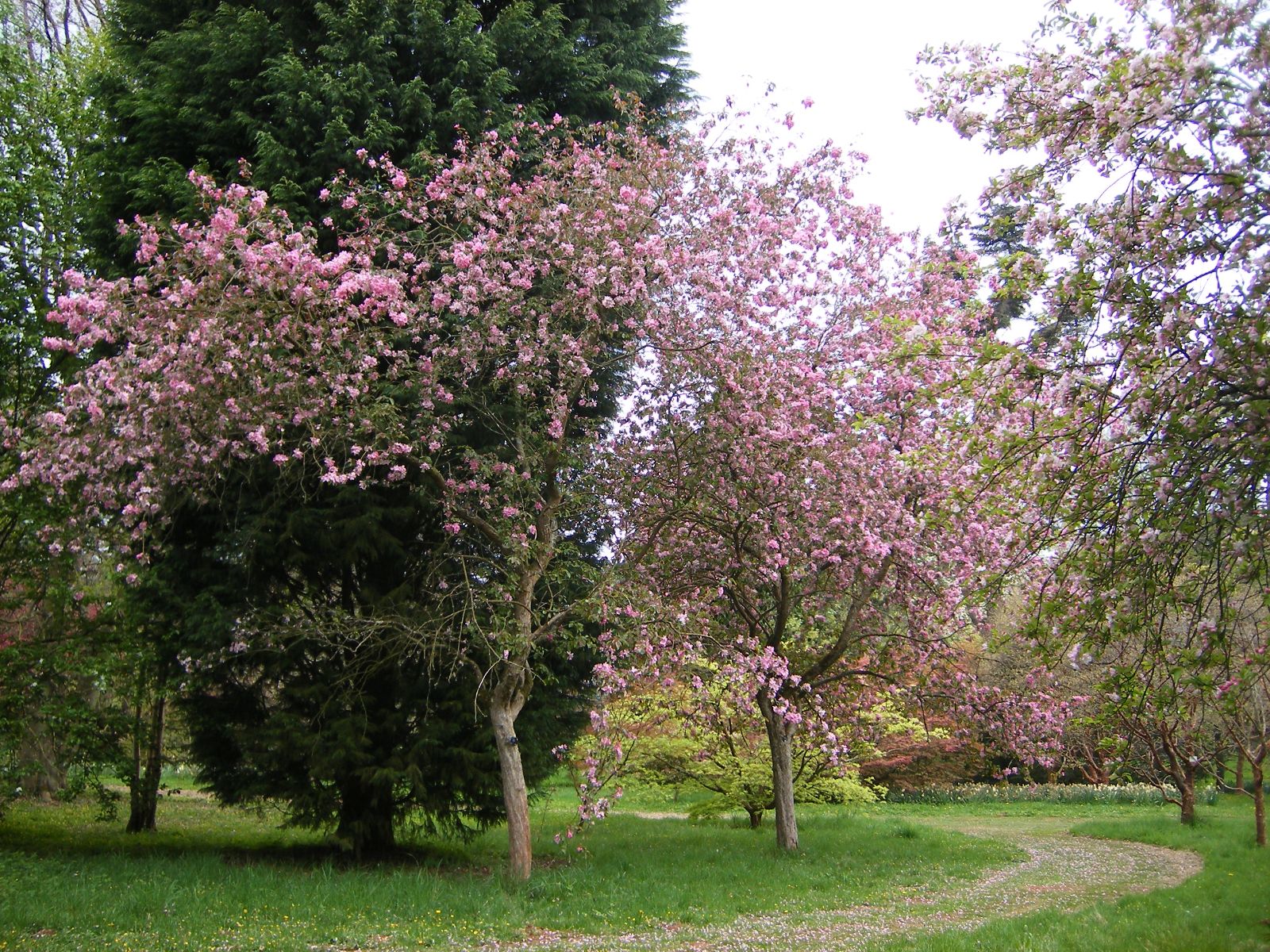Malus Rosybloom Cultivars
Sponsor
Kindly sponsored by
Francine: 'after many informative Tours and Study Days with the IDS I feel it only fitting to help and promote such a wonderful organisation'
Credits
Julian Sutton (species), Nick Dunn (cultivars) (2021)
Recommended citation
Sutton, J. & Dunn, N. (2021), 'Malus Rosybloom Cultivars' from the website Trees and Shrubs Online (treesandshrubsonline.
Genus
Other taxa in genus
- Malus × adstringens
- Malus angustifolia
- Malus × arnoldiana
- Malus asiatica
- Malus × astracanica
- Malus × atrosanguinea
- Malus baccata
- Malus bhutanica
- Malus × brevipes
- Malus chitralensis
- Malus coronaria
- Malus crescimannoi
- Malus Cultivars A-B
- Malus Cultivars C
- Malus Cultivars D-F
- Malus Cultivars G-I
- Malus Cultivars J-K
- Malus Cultivars L-M
- Malus Cultivars N-Q
- Malus Cultivars R
- Malus Cultivars S
- Malus Cultivars T-Z
- Malus dasyphylla
- Malus × dawsoniana
- Malus domestica
- Malus doumeri
- Malus florentina
- Malus × floribunda
- Malus fusca
- Malus × gloriosa
- Malus halliana
- Malus × hartwigii
- Malus × heterophylla
- Malus honanensis
- Malus hupehensis
- Malus ioensis
- Malus kansuensis
- Malus kirghisorum
- Malus komarovii
- Malus × magdeburgensis
- Malus × micromalus
- Malus × moerlandsii
- Malus montana
- Malus ombrophila
- Malus orientalis
- Malus × platycarpa
- Malus praecox
- Malus prattii
- Malus prunifolia
- Malus × purpurea
- Malus × robusta
- Malus rockii
- Malus Rootstock Cultivars
- Malus × scheideckeri
- Malus sieversii
- Malus sikkimensis
- Malus × soulardii
- Malus spectabilis
- Malus spontanea
- Malus × sublobata
- Malus sylvestris
- Malus toringo
- Malus transitoria
- Malus trilobata
- Malus tschonoskii
- Malus turkmenorum
- Malus yunnanensis
- Malus × zumi
This is a gardeners’ and plant breeders’ grouping, well-defined at its centre but rather fuzzy at the margins, for some ornamental hybrids of M. sieversii f. niedzwetzkyana, especially with M. baccata. Intensely coloured flowers are a sine qua non; heavily pigmented leaves, large flowers and severe scab susceptibility are very common, but not universal features. Hybrids of this sort made in the early decades of the 20th century by Nils Hansen at the State Agricultural Experiment Station, Brookings, SD, and by Isabella Preston of the Canada Department of Agriculture, Ottawa, Ontario are consistently placed here (Fiala 1994). We describe Hansens’s ‘Hopa’, and Preston’s ‘Cowichan’, ‘Makamik’ and ‘Simcoe’. Later hybrids with similar characteristics (e.g. ‘Almey’, ‘Royalty’, ‘Rudolph’ and M. × moerlandsii cultivars such as ‘Liset’ and ‘Profusion’) are sometimes also referred to as rosyblooms, but it is not really clear where the term should end.



